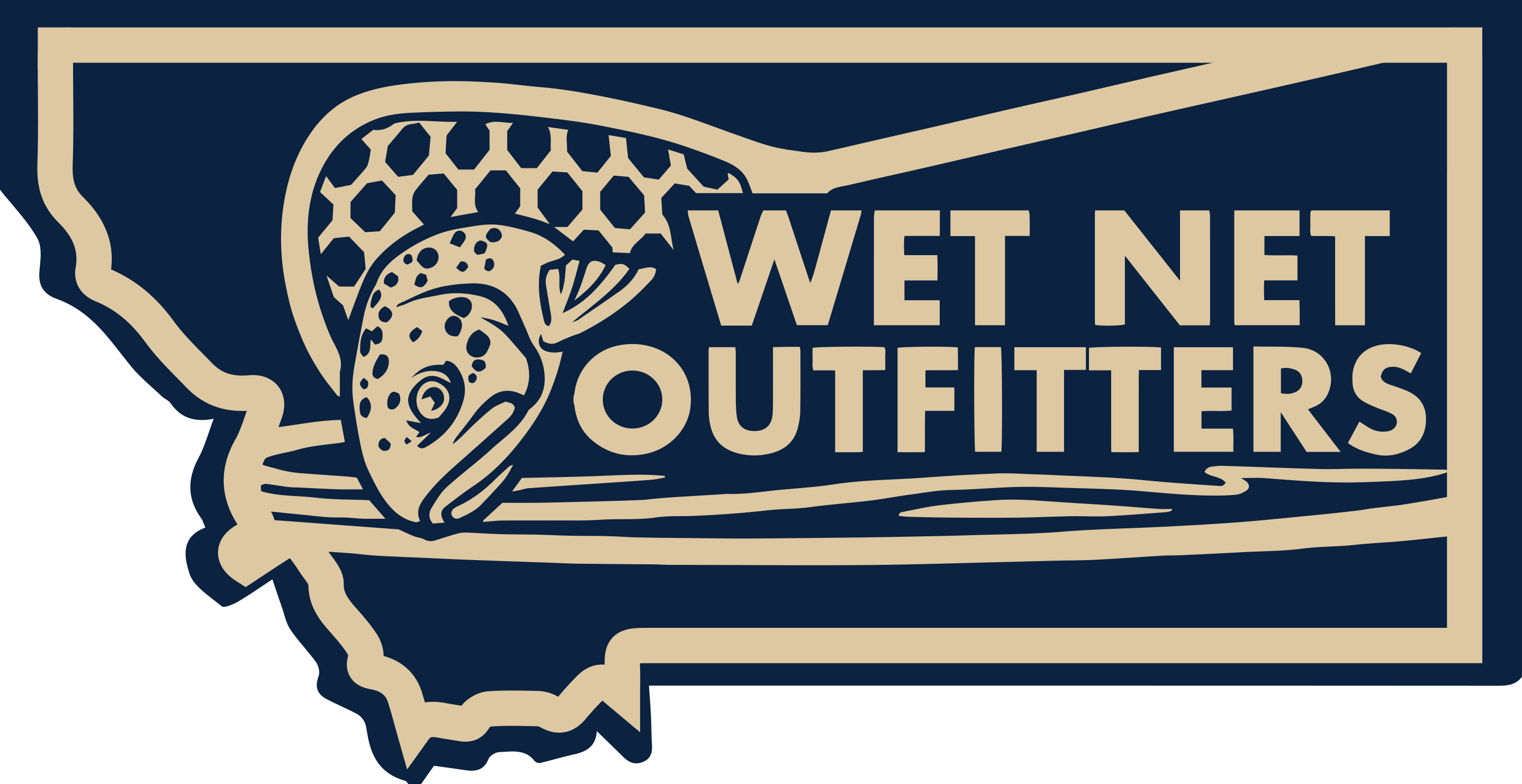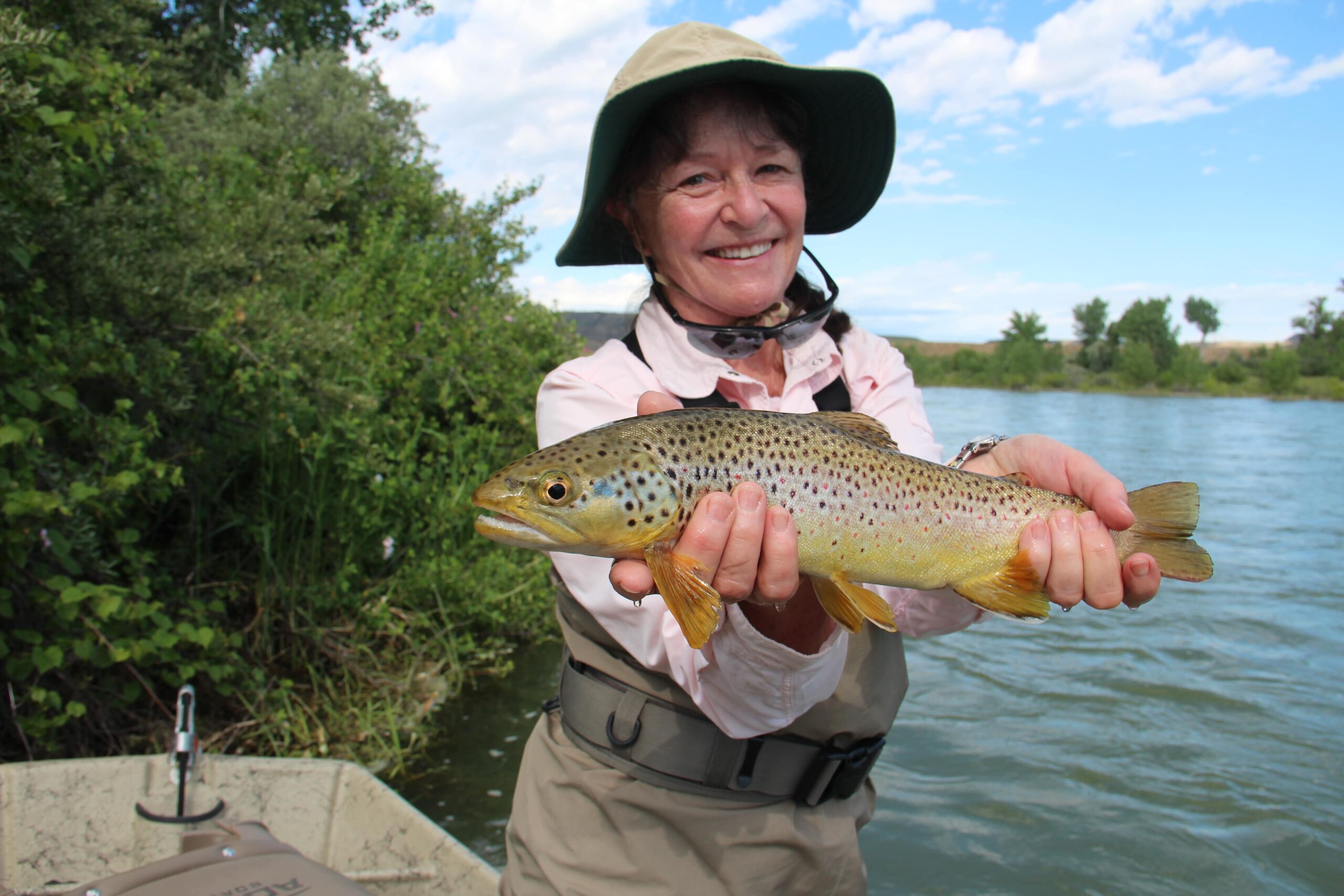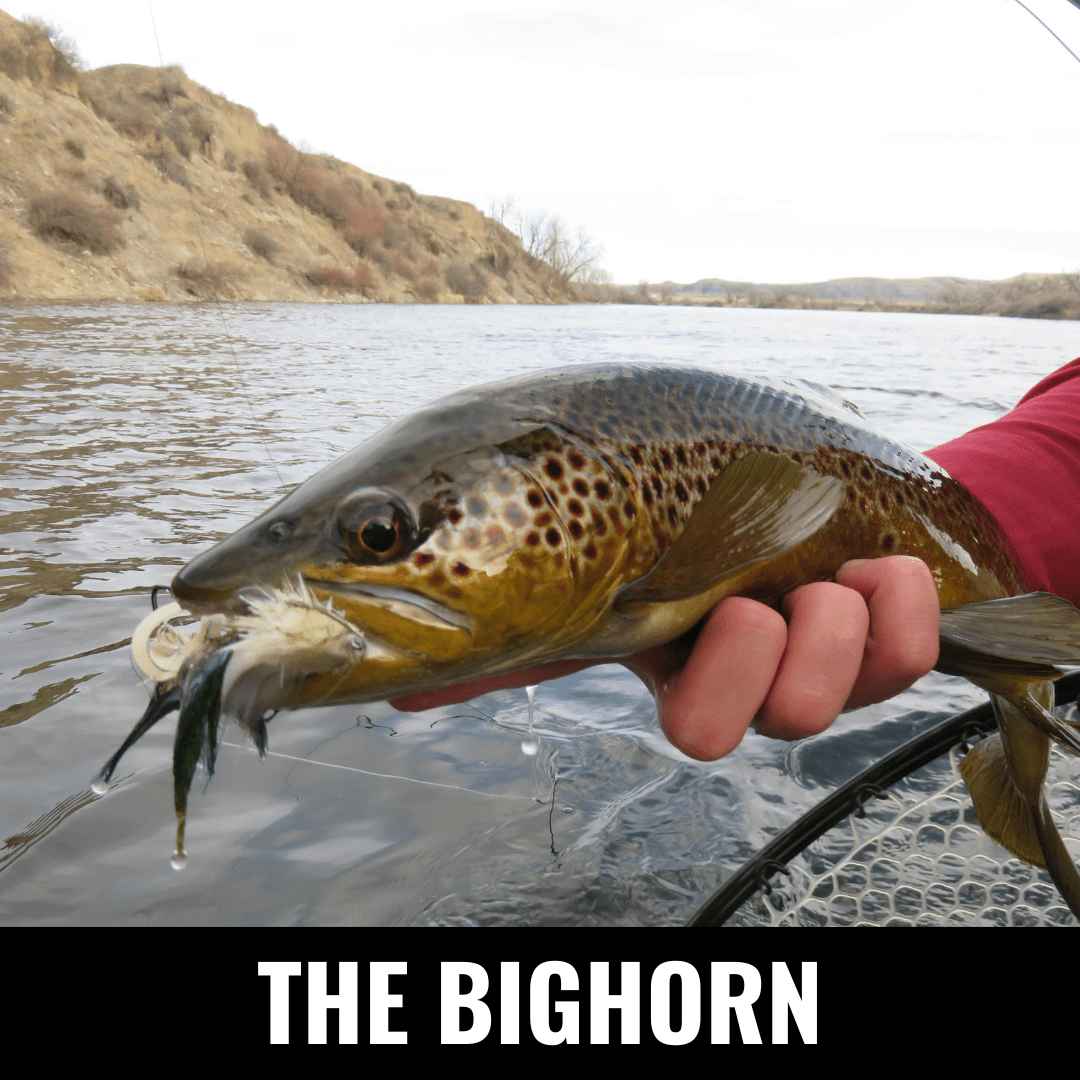Bighorn river montana
Bighorn River Montana Fly Fishing
The Bighorn River presents itself as a stunning trout river, replete with all the features of any great trout stream. While it has undergone some tumultuous years with low fish counts, the river has begun recovery and is capable of producing the days we all grew accustomed to in previous years.
The Bighorn provides 12 months of quality fishing and sees some of the best spring weather in Montana. Yellowtails Dam creates a tremendously deep (400 feet of water) impoundment of the Big Horn providing exceptionally cold flows throughout the fishing season. The river provides 13 miles of quality trout fishing, with the lower reaches offering some unique hatches and good terrestrial and streamer fishing.
For the dry fly angler there is no sweeter time to target the BigHorn than the month of July. Stable flows, prolific hatches, & beautiful weather.
When To Fish The Bighorn River
Like the Missouri River and the Paradise Valley Spring Creeks, the fishing season begins in earnest in early March. It shakes winter much earlier than all of our other spring fisheries and begins producing good days of both float and wade fishing. On those warmer, sunnier days where we see a good increase in water temperature, there can be some good midge, dry fly fishing. Because of the cold-water release from the dam, blue wings start in mid-April and can carry into the beginning of June! June has historically been when the river levels vary and the caddis and PMD’s have yet to get going. However, June does provide the best nymph fishing of the year as there is an increase in insect and crustacean dislodgement due to the higher flows.
July ushers in the summer fishing with PMD’s and black caddis. We can see minor hatches or Yellow Sallies and tan caddis. For the dry fly angler there is no sweeter time to target the Bighorn than the month of July. The flows are typically stable, and the insects are prevalent. We typically see the black caddis and PMD’s carry well into August. Should the dry fly prospects fail to pan out, there are a number of subsurface techniques that can also produce fine days of fishing. Contrary to popular belief, this is an excellent time to fish bugger variations on sink tips. With the bright sun and clear skies, it can be highly visual!
August presents more good fishing on the Bighorn with a continuation of the PMD and black caddis hatch. As those begin to slow, the fish turn their attention to the terrestrial sources of food – hoppers and ants. The hopper fishing can be absolutely spectacular with fish competing to grab hoppers. On lesser hopper years anglers can expect to pick fish up in decent numbers, particularly on windy days. When the water temperatures warm and hold in late august the tricos begin their emergence and keep anglers engaged through September.
Typically in October, Yellowtail Reservoir turns over – surface water to the bottom cold water to the top – and the river greens with surface water. The aquatic grass that is prevalent in the river dies and breaks off and provides drifting obstacles for the Angler. Fishing can still be productive, however, there are other venues providing better conditions. In November, as the days cools the lake begins to settle and the river clears. This is a great time of the year to find seclusion and quality fishing before winter settles in.












